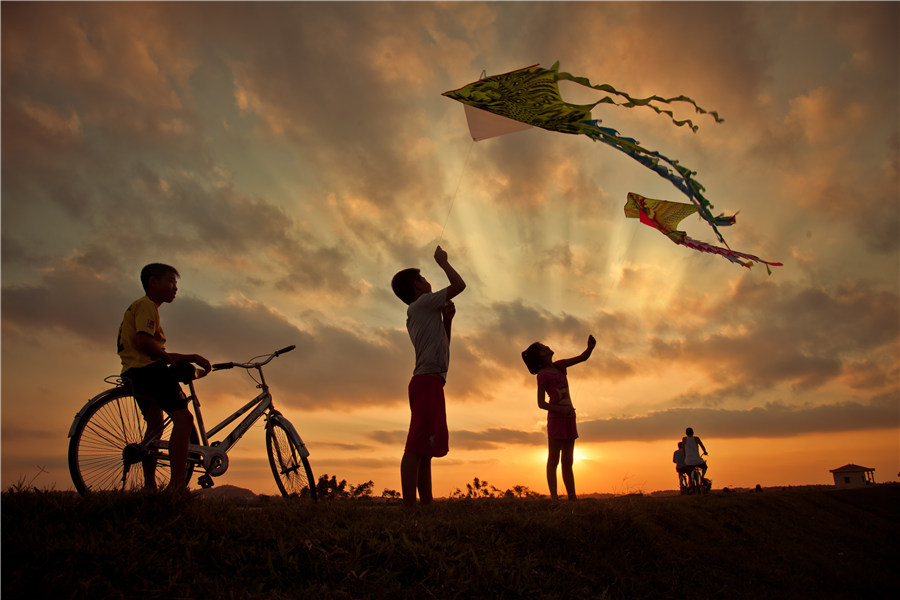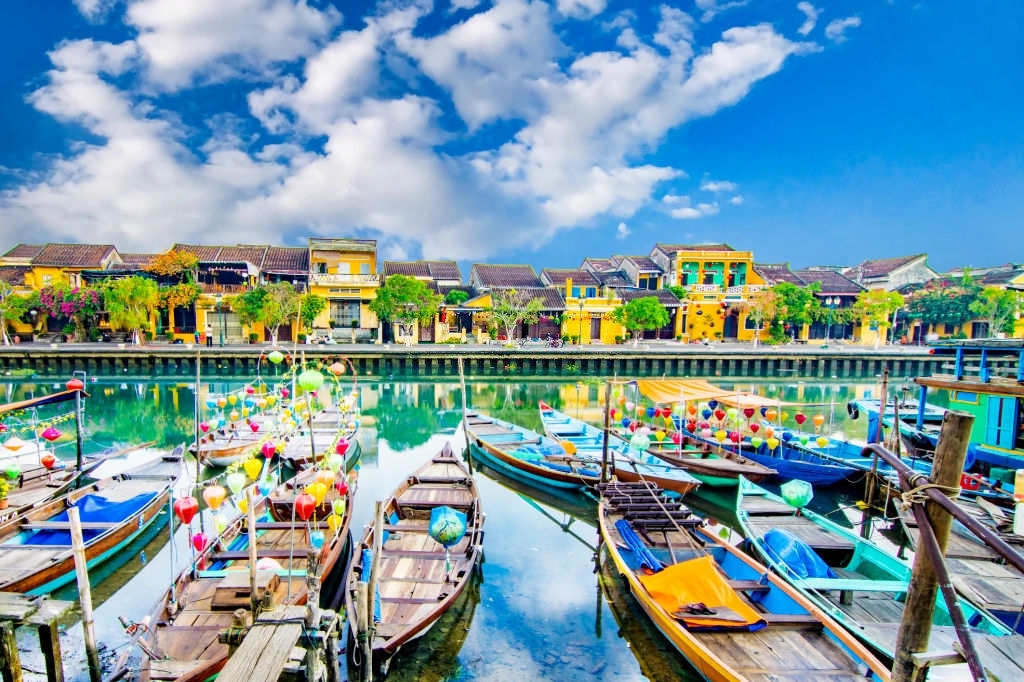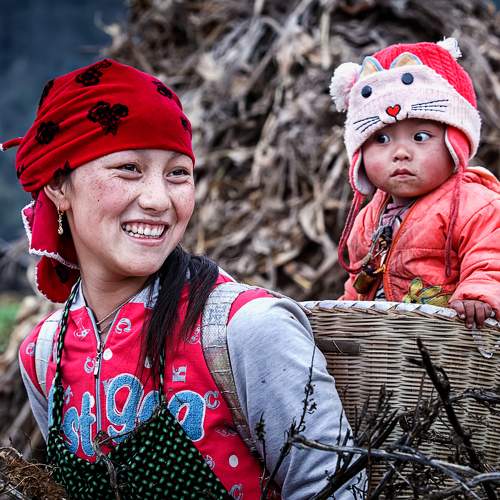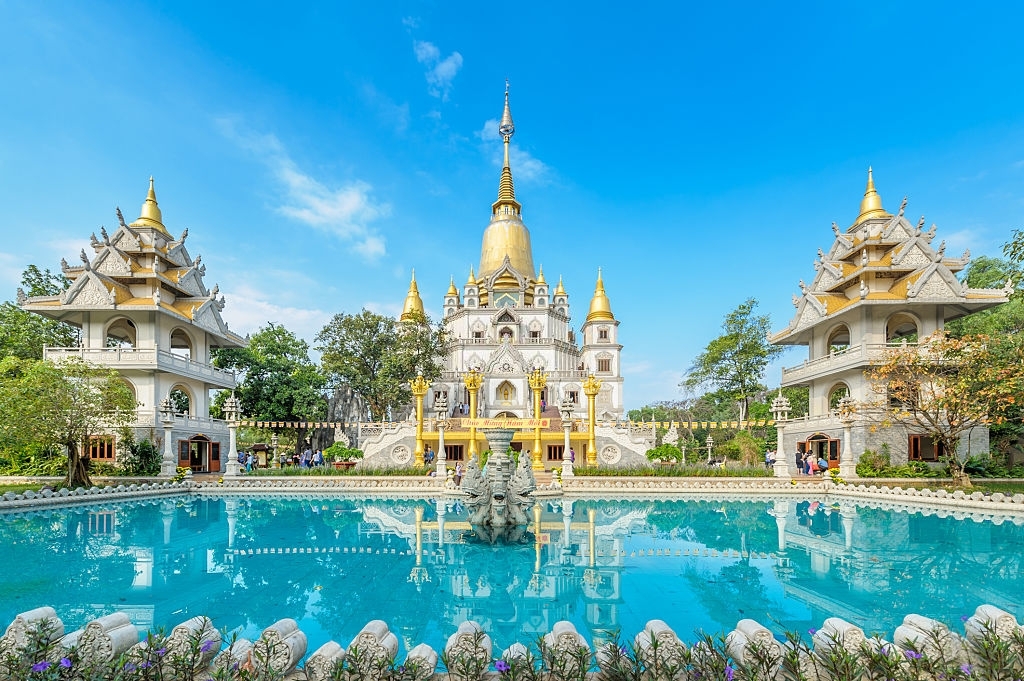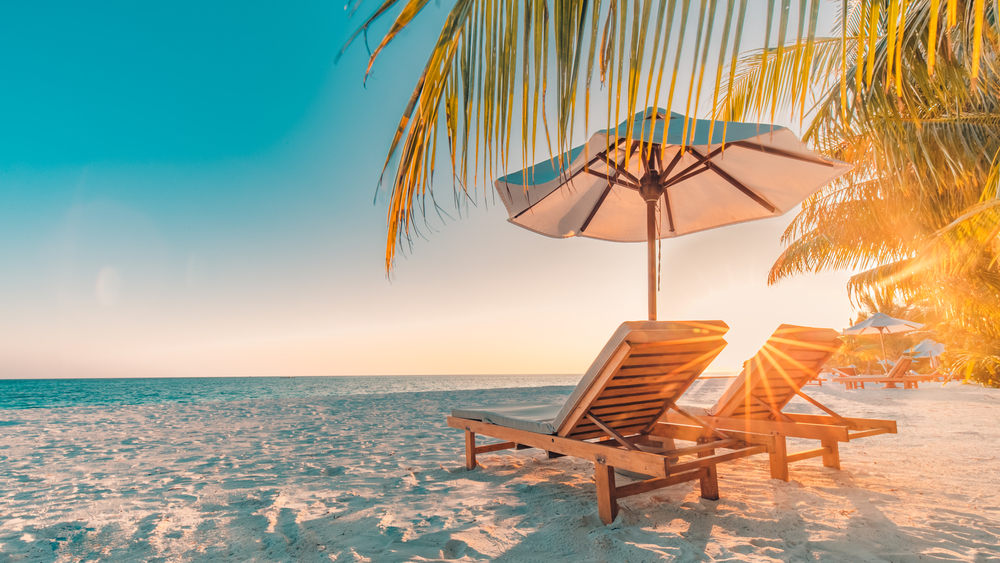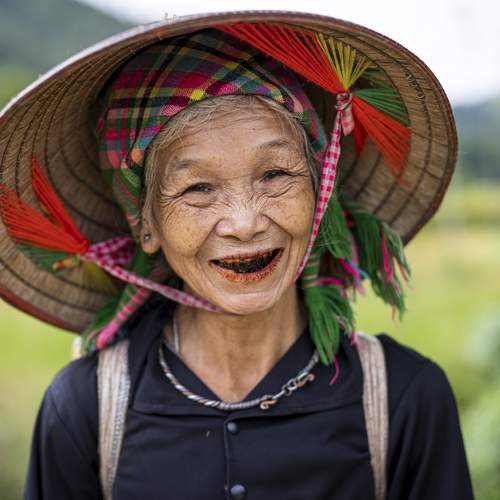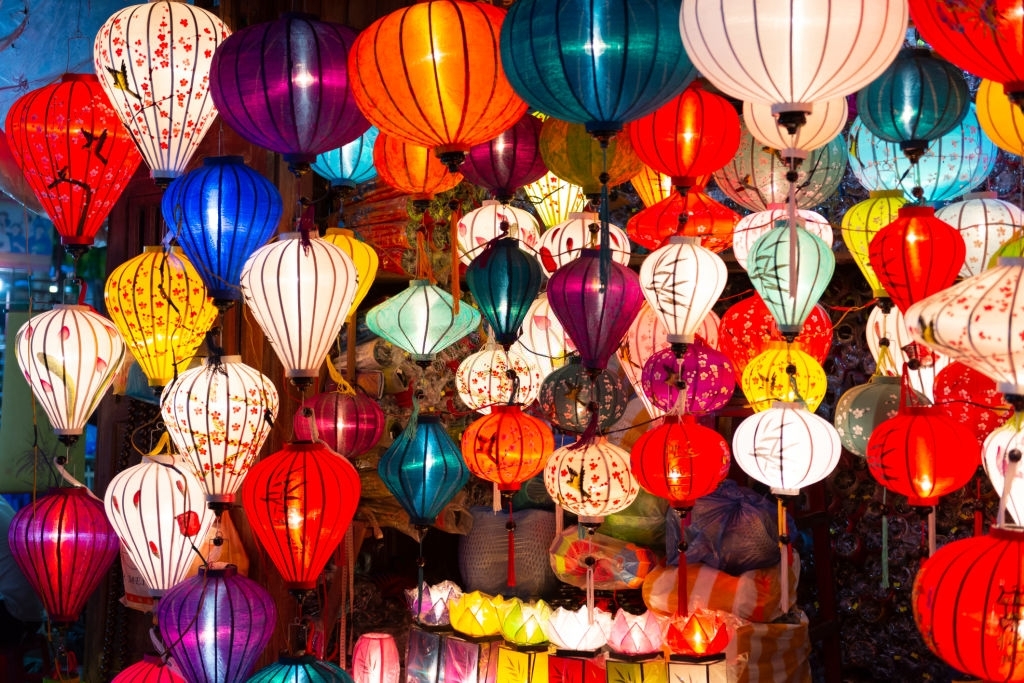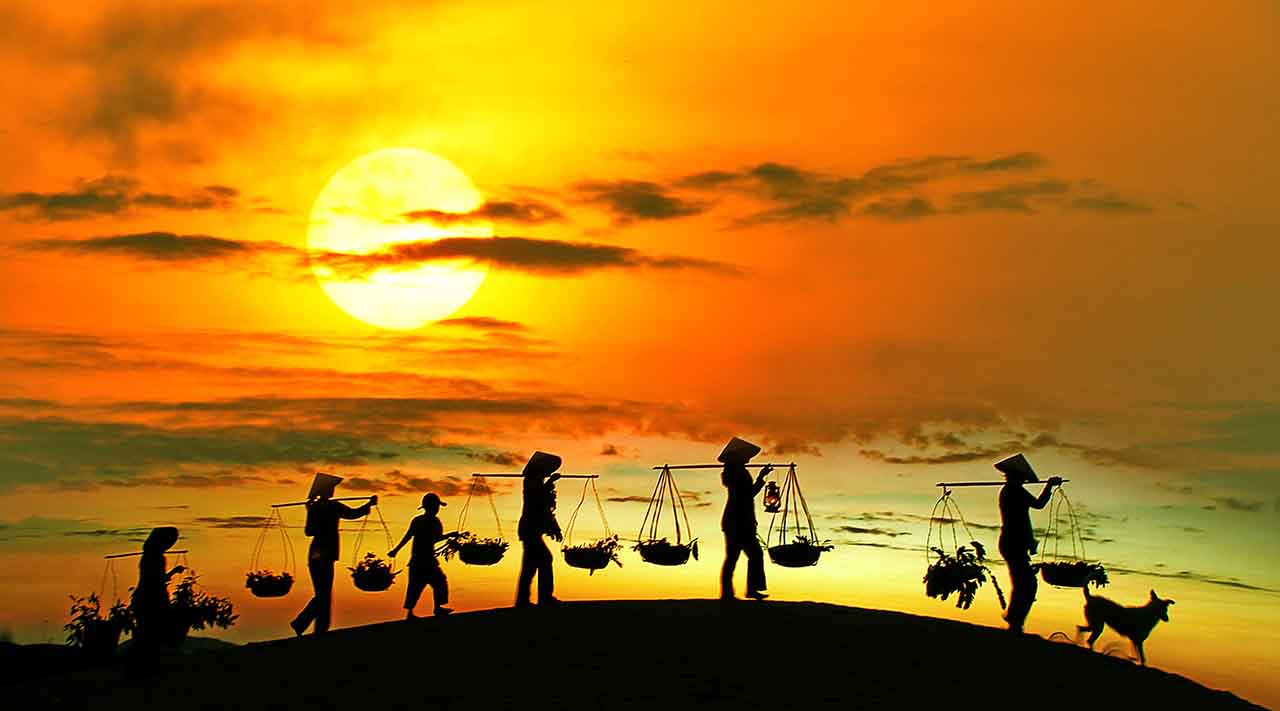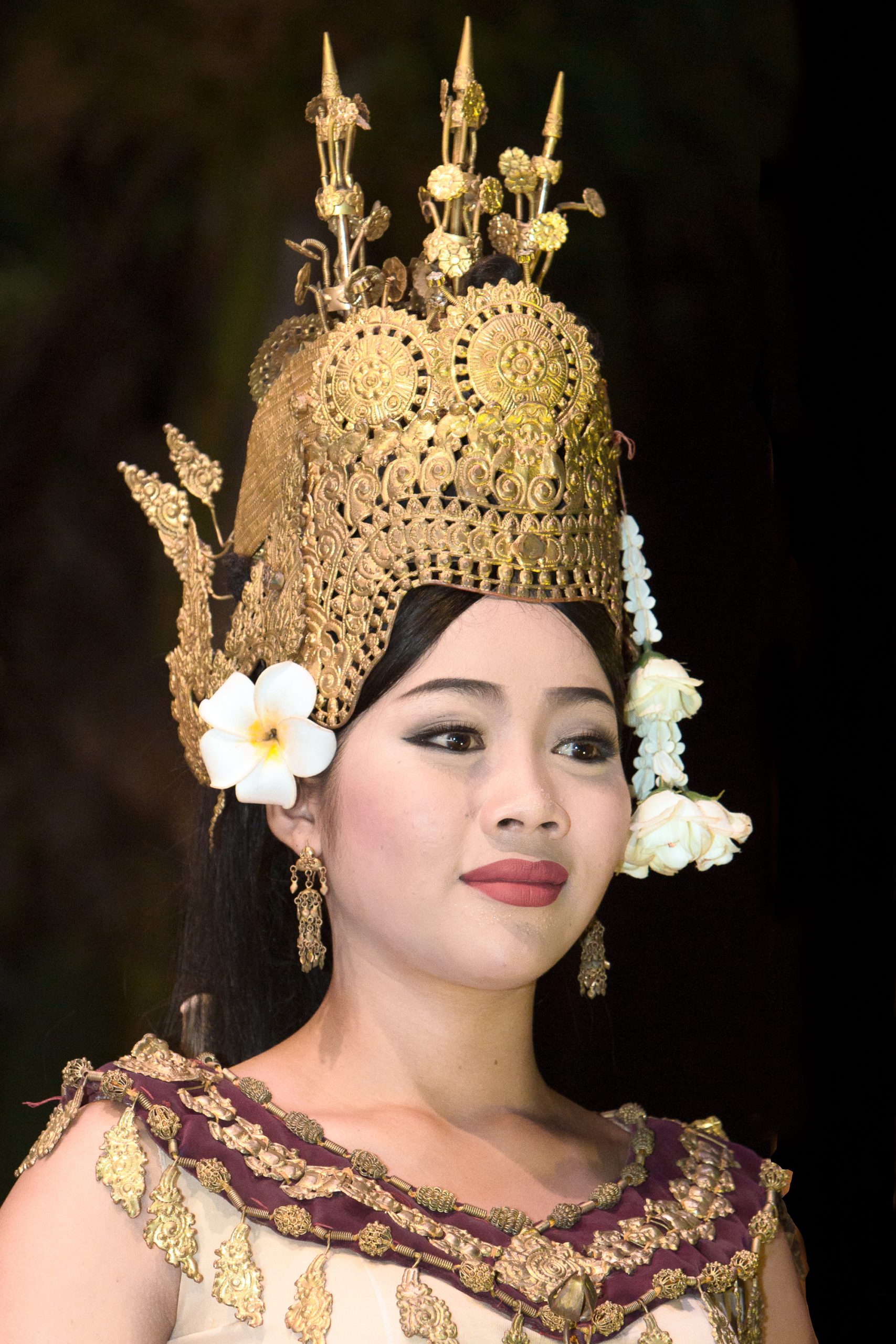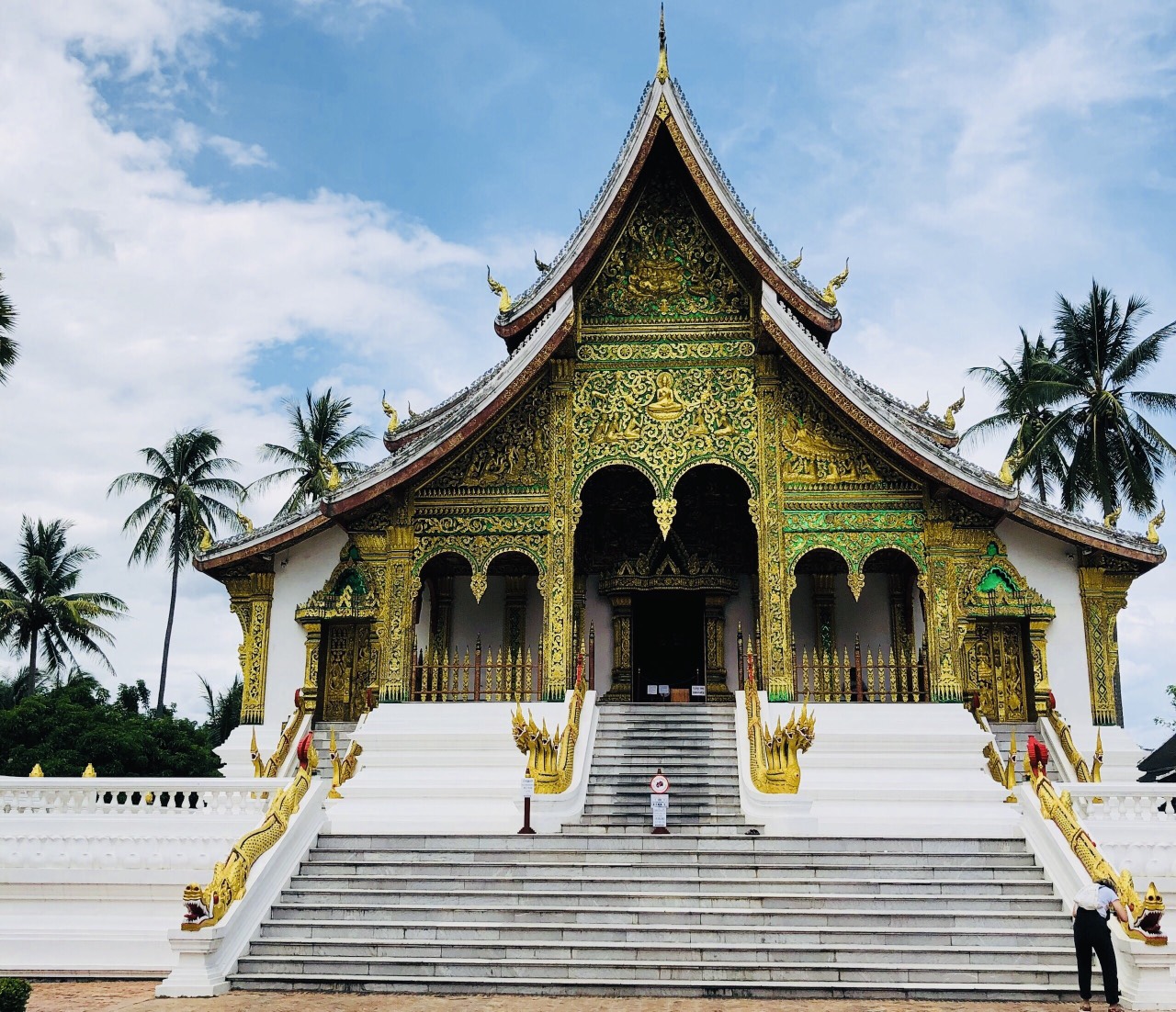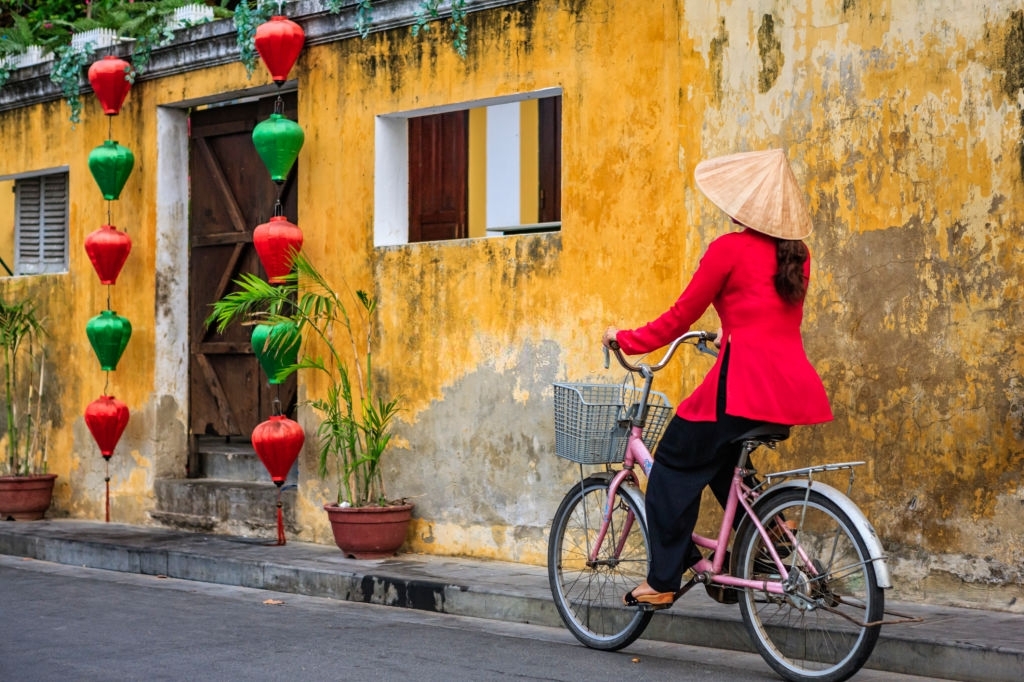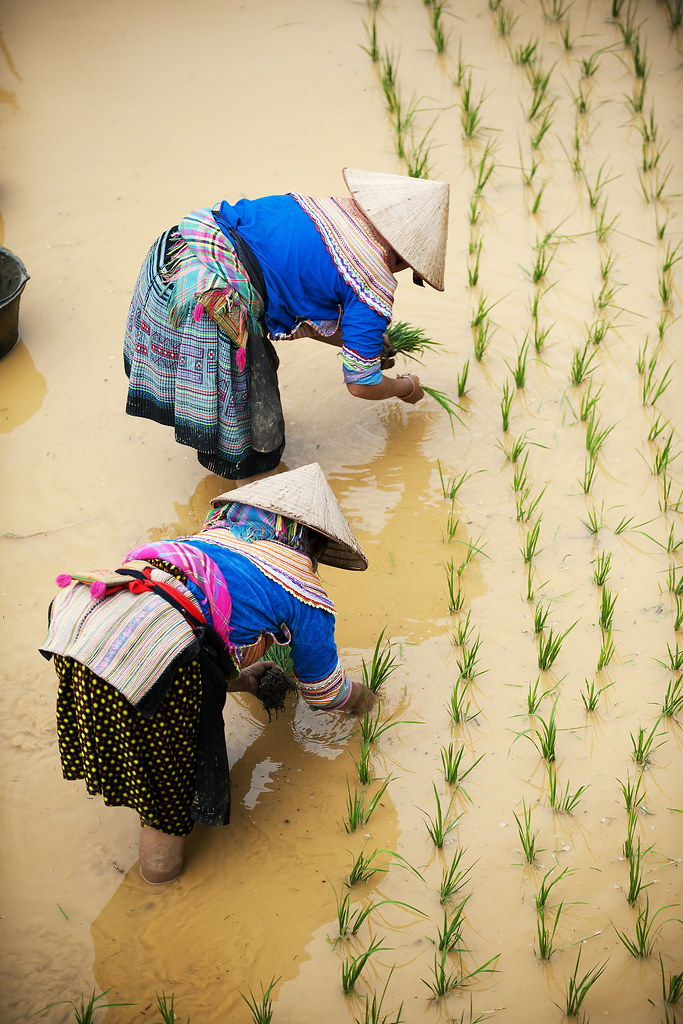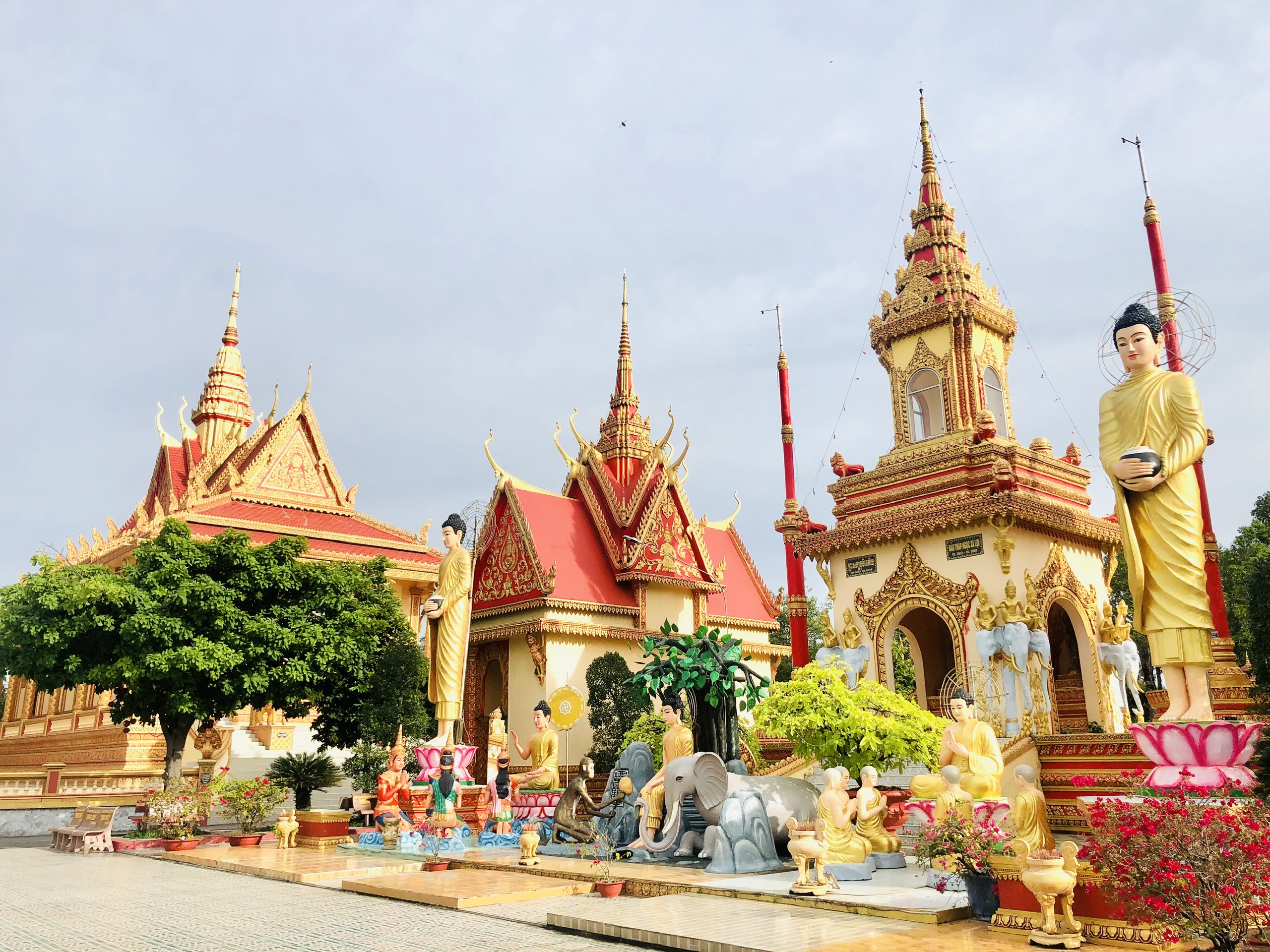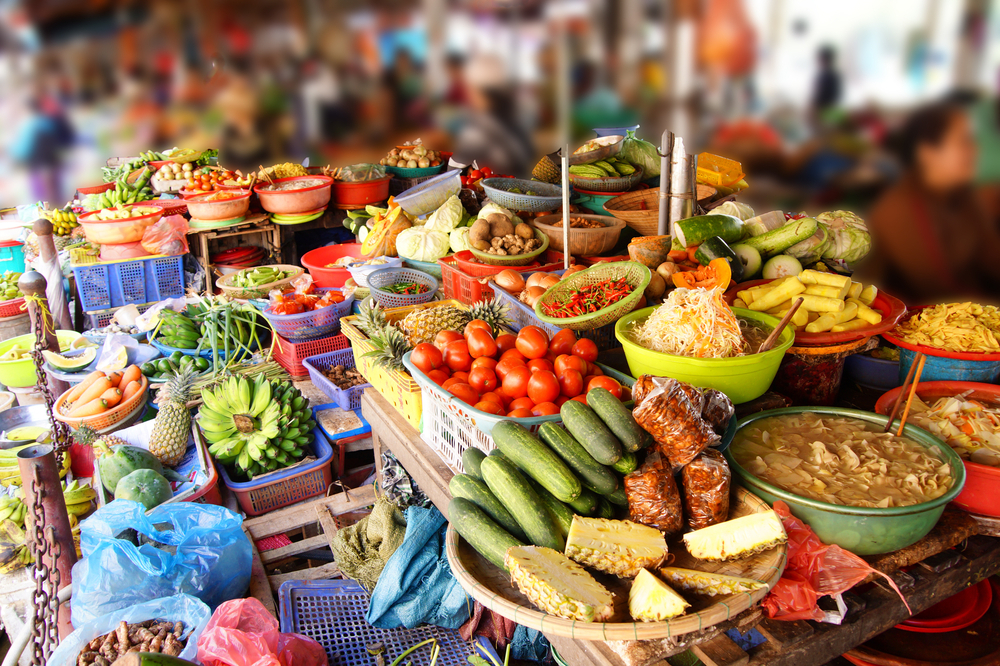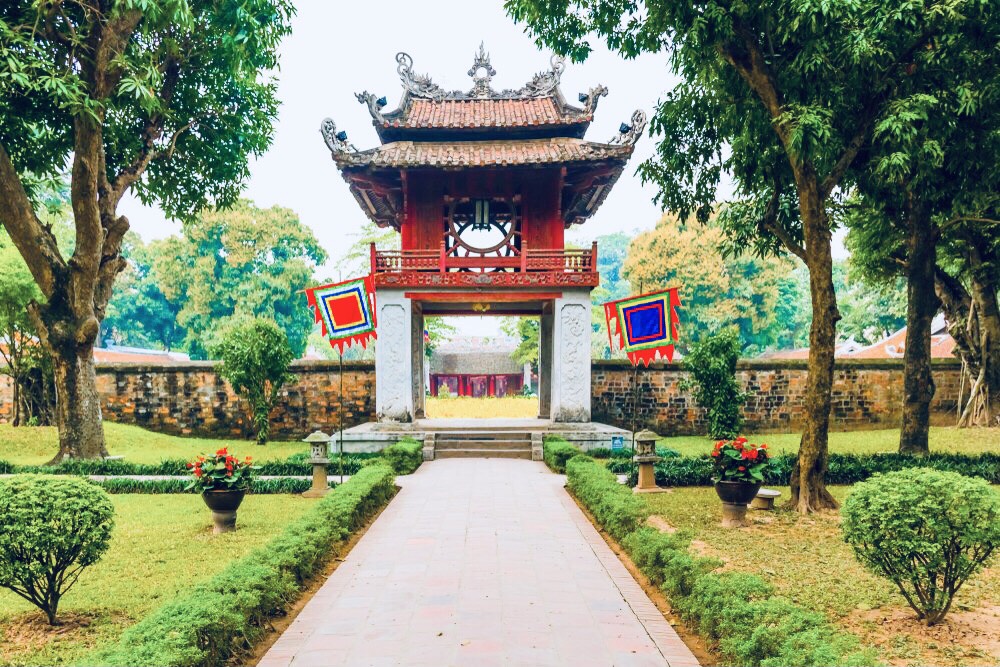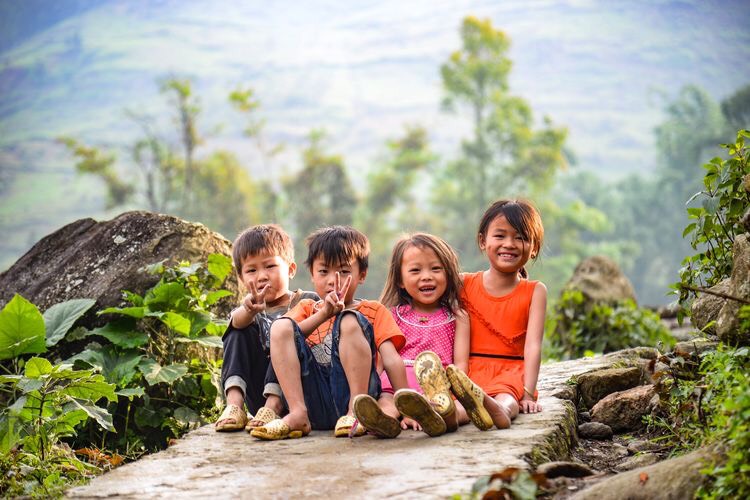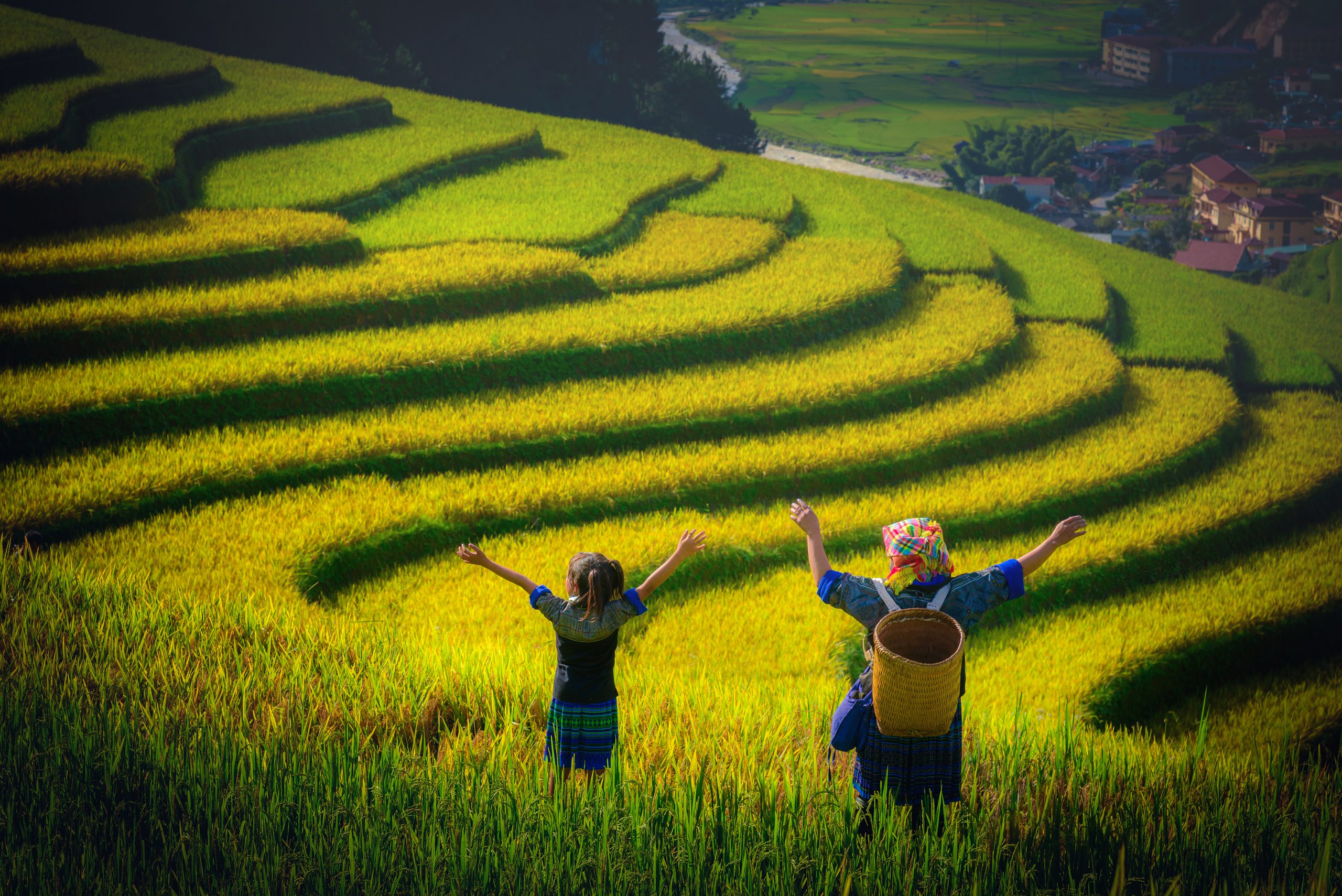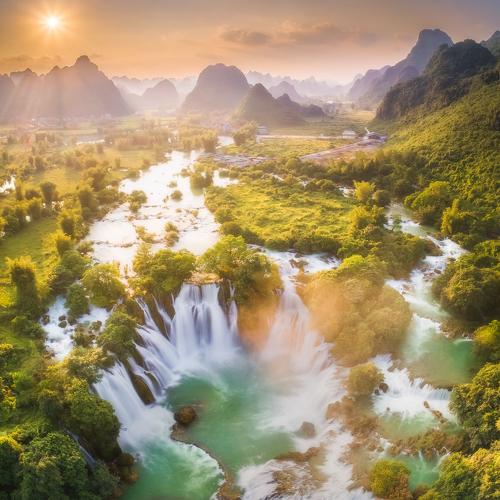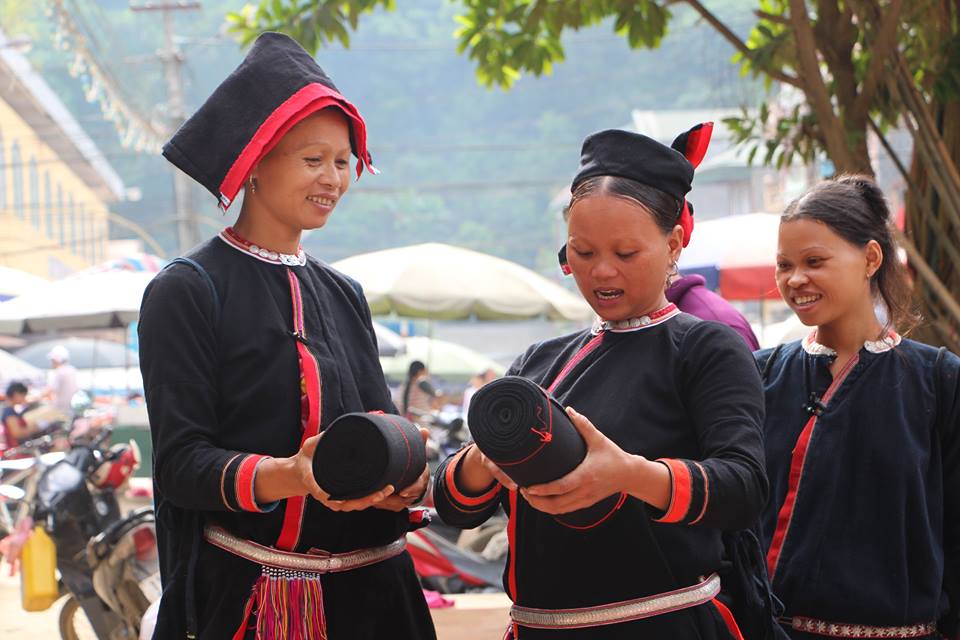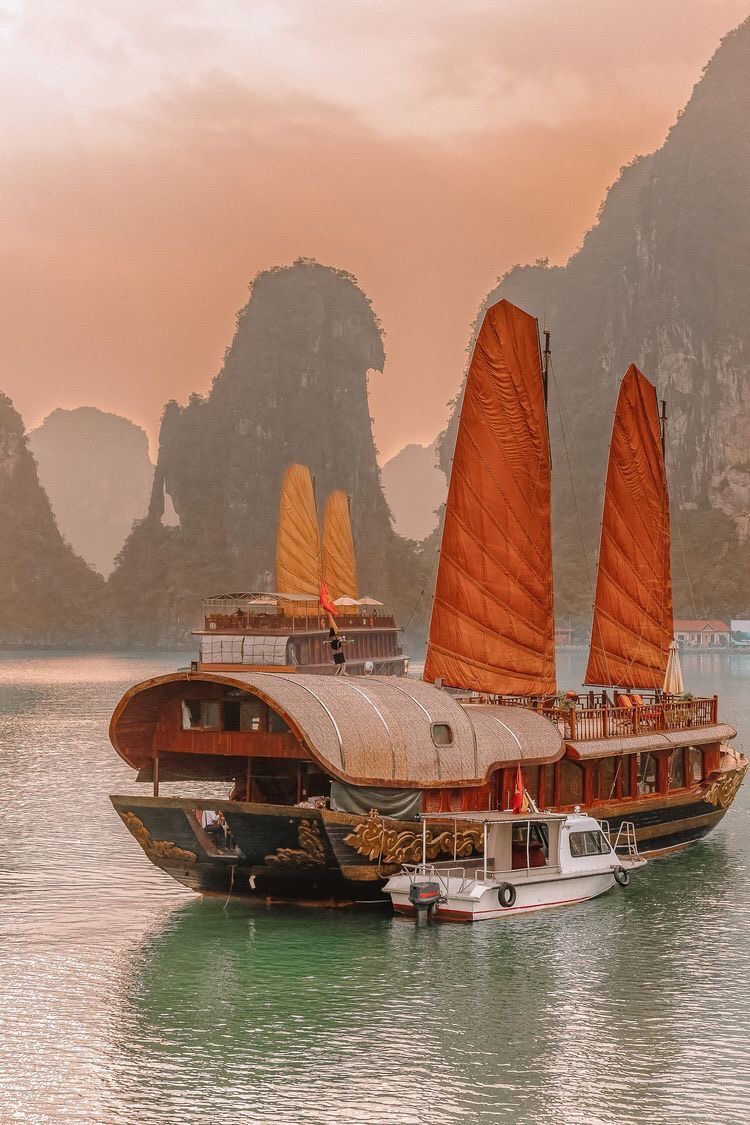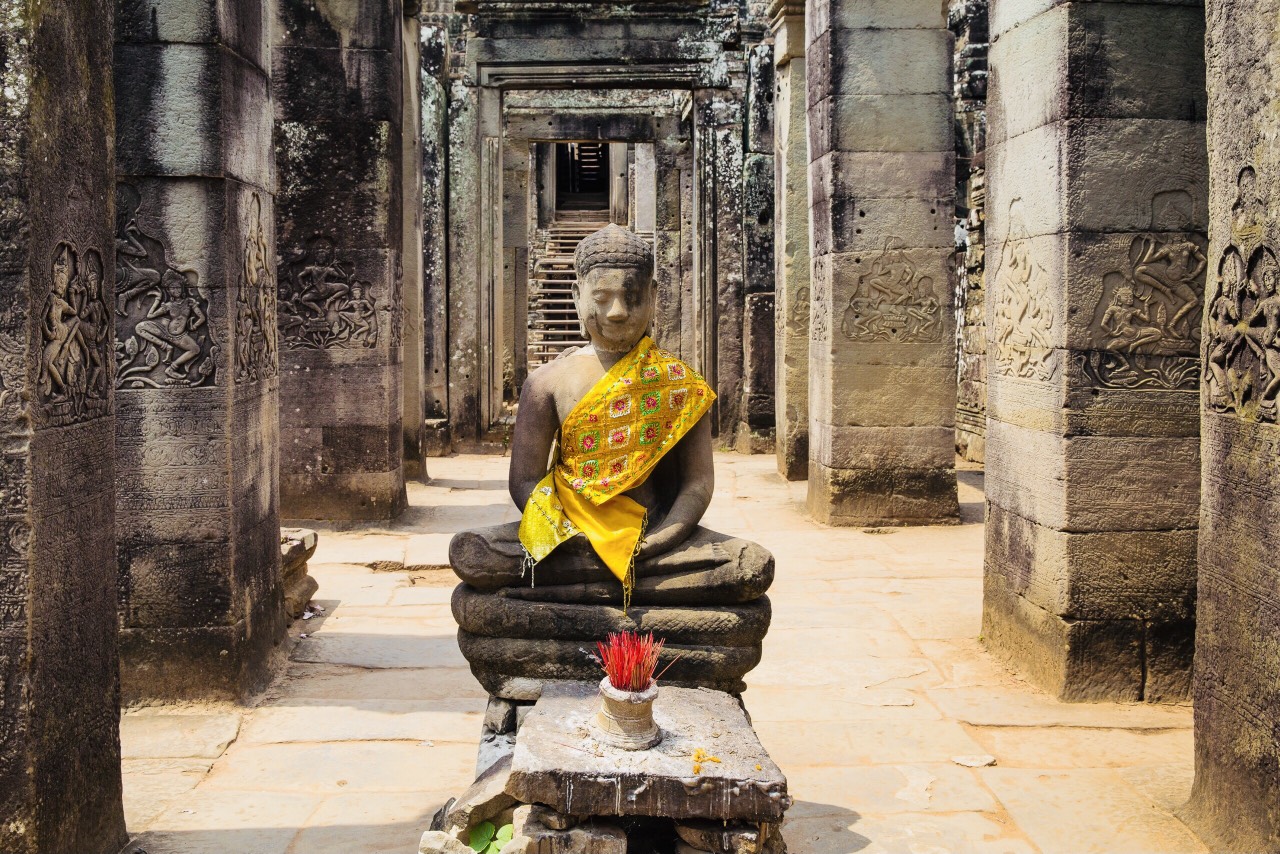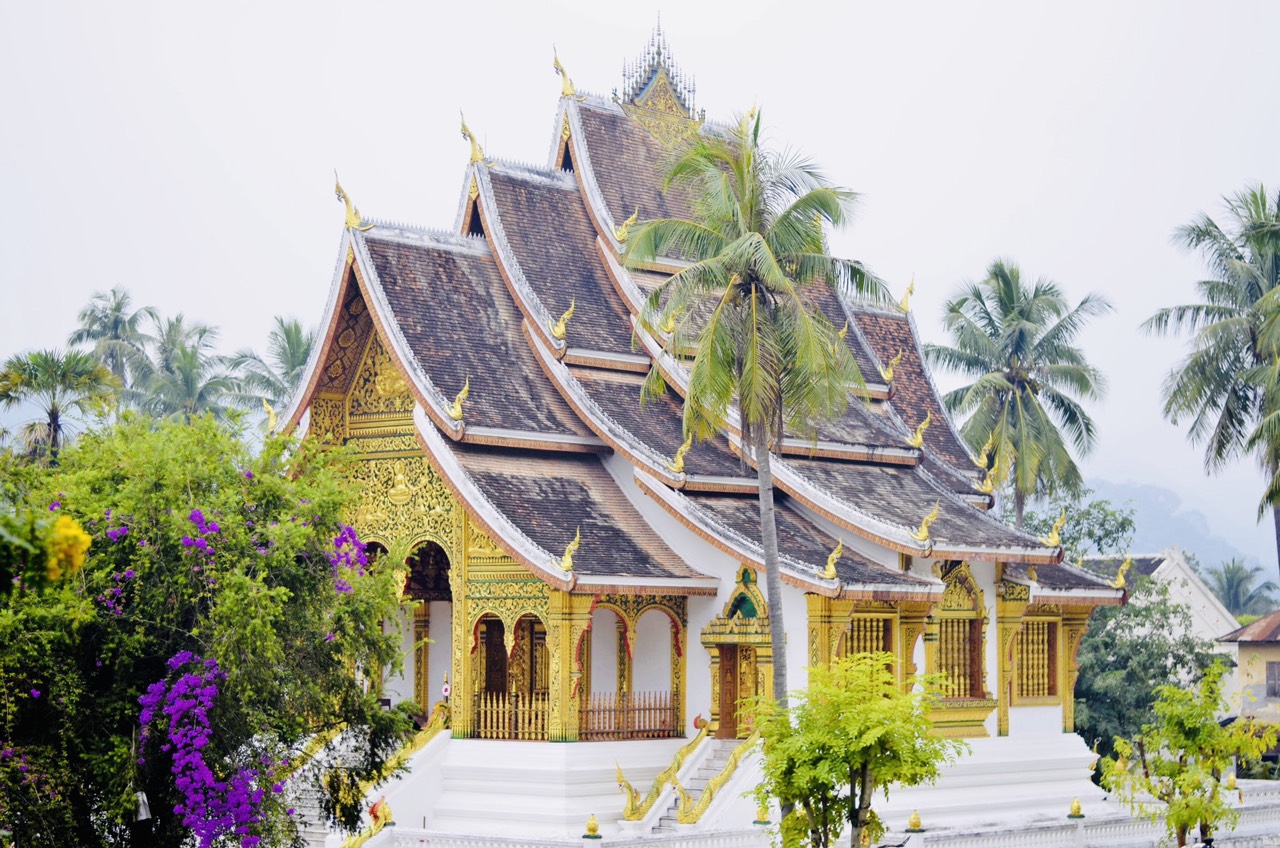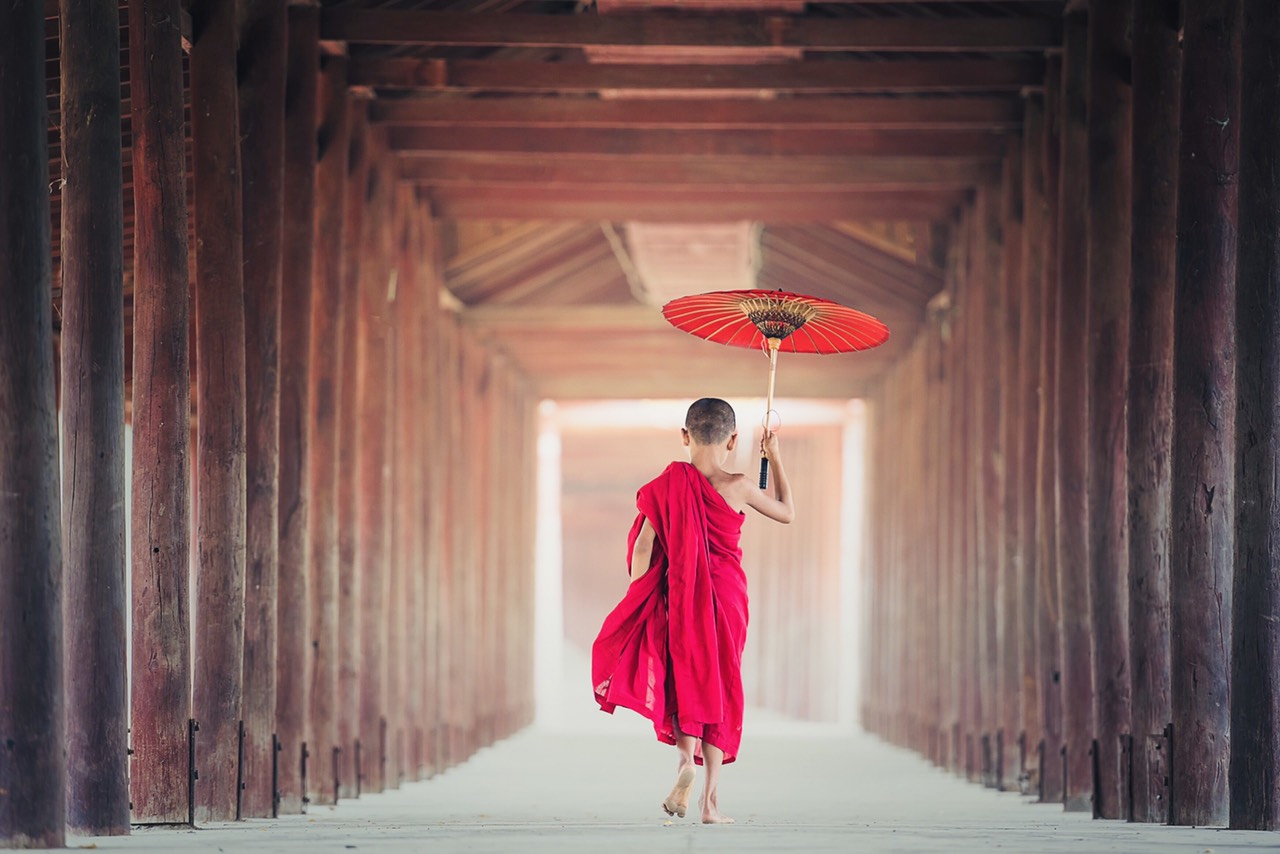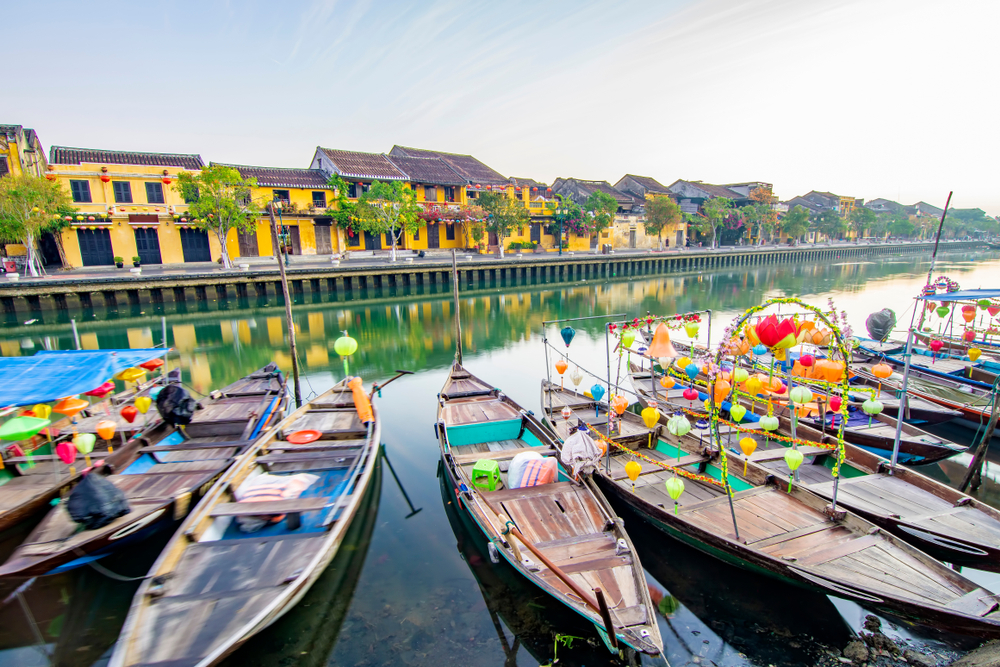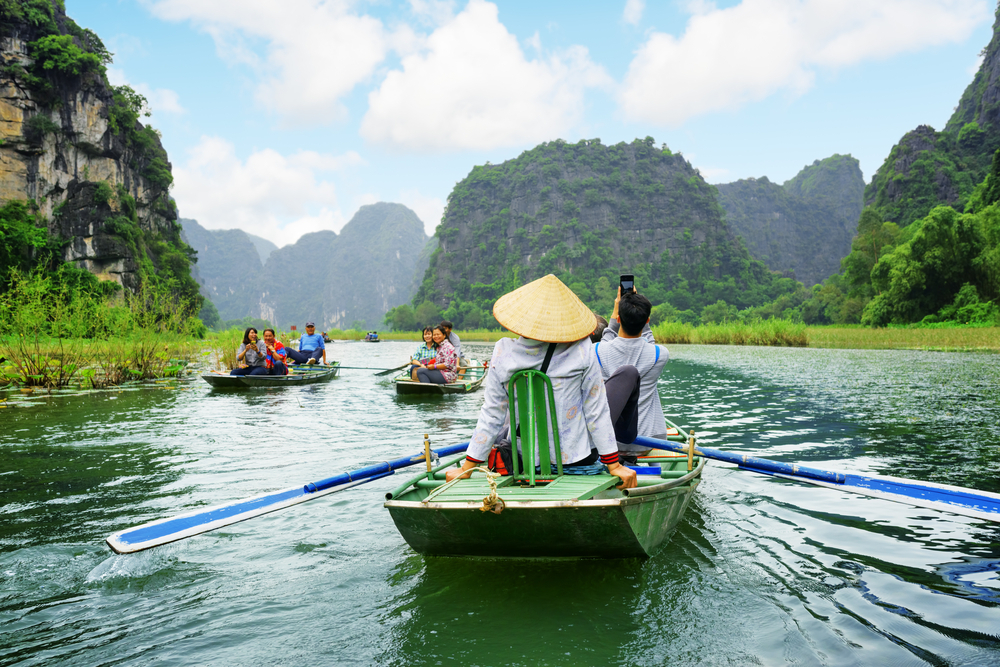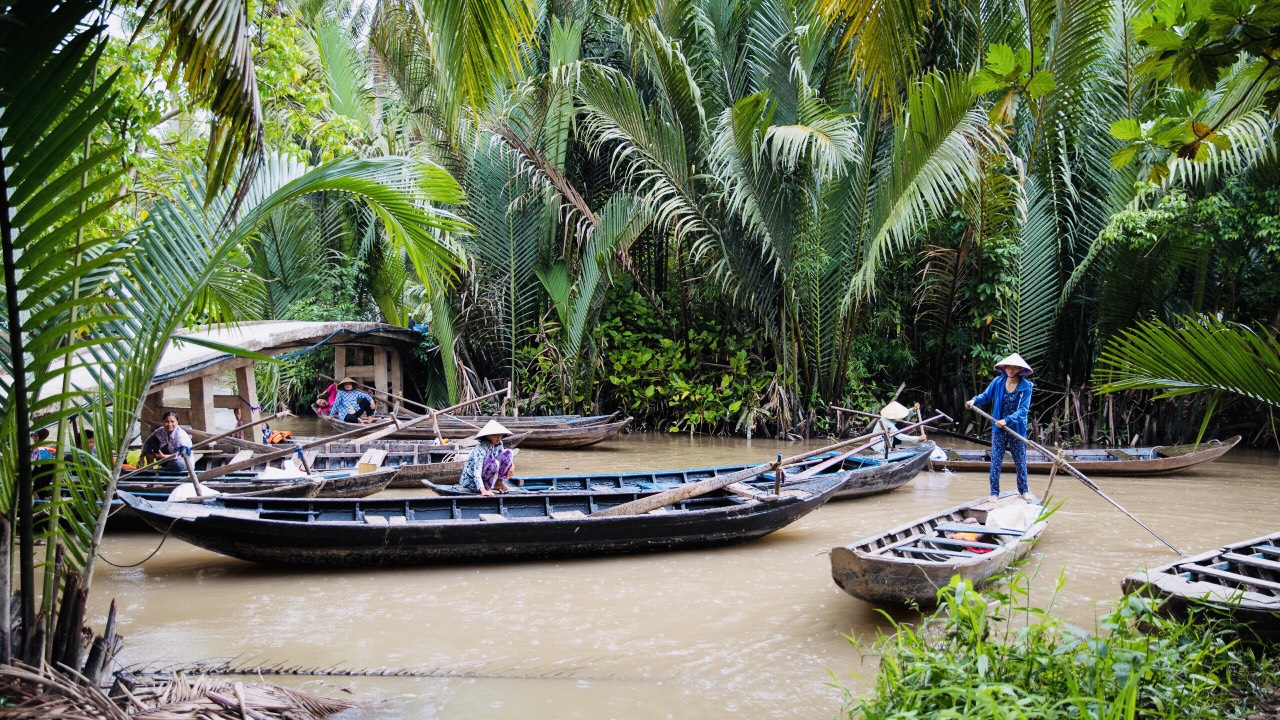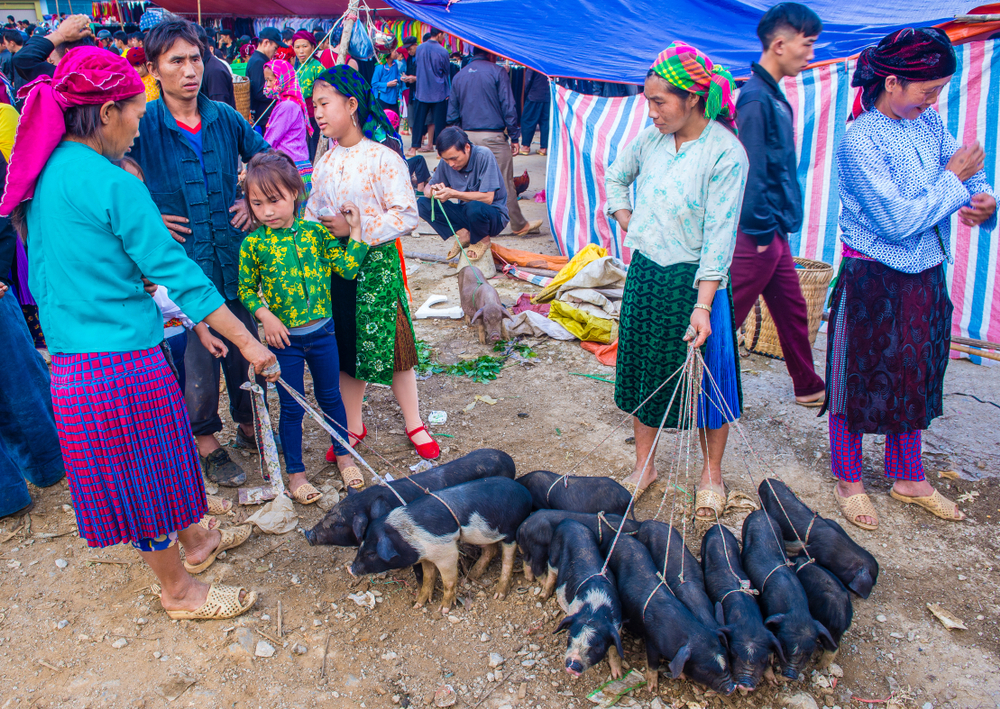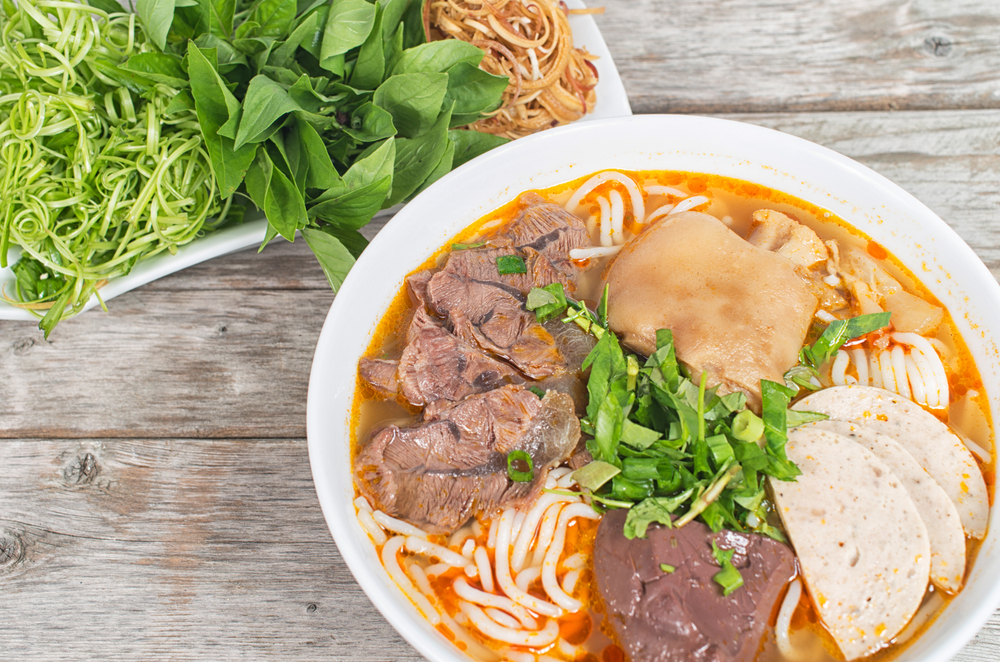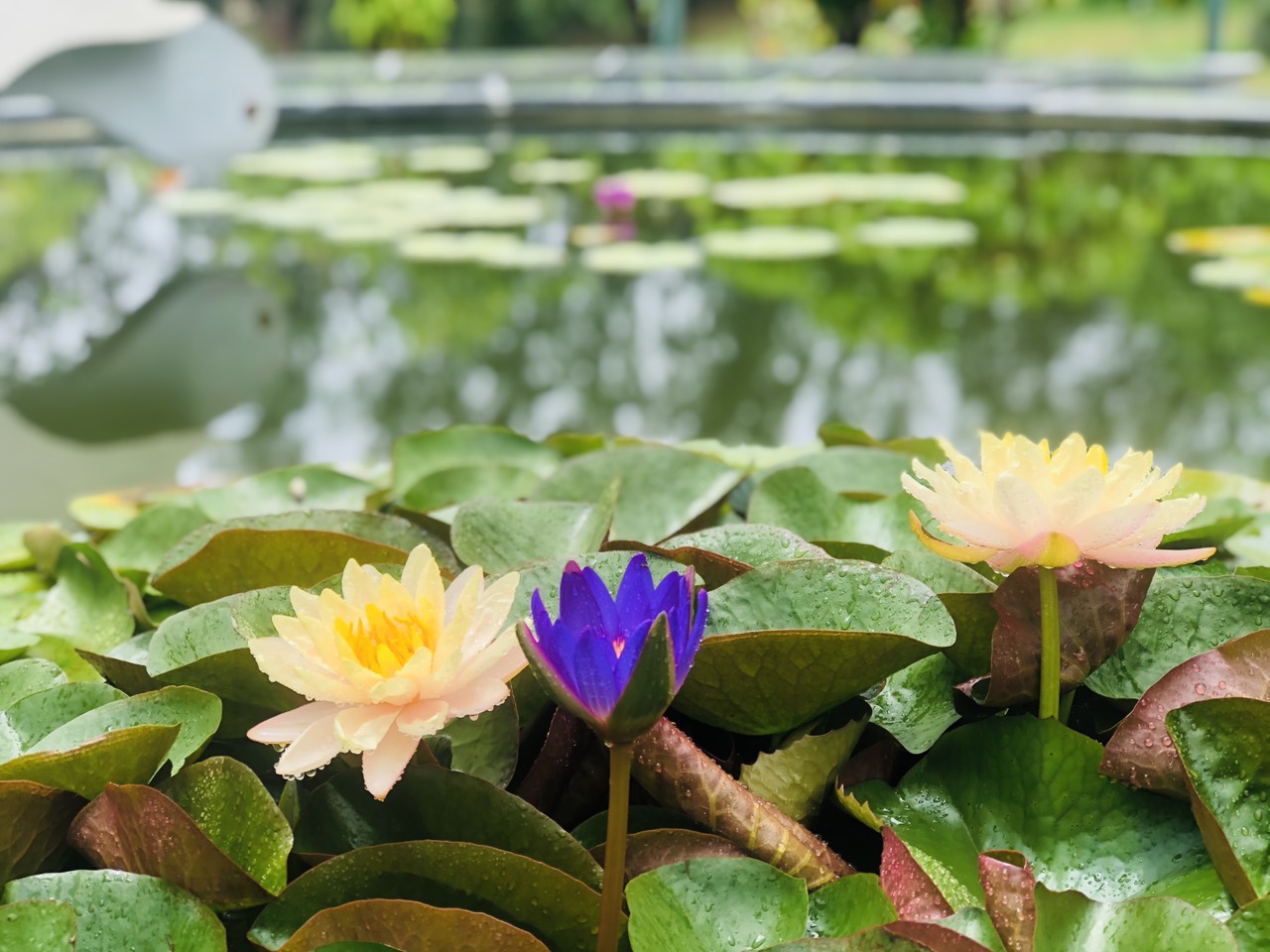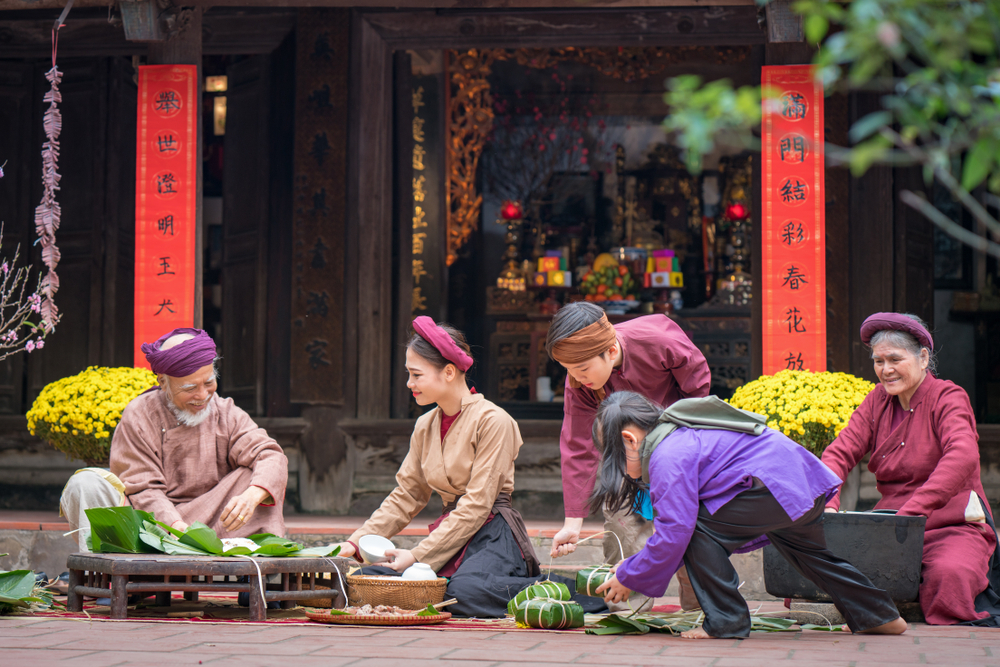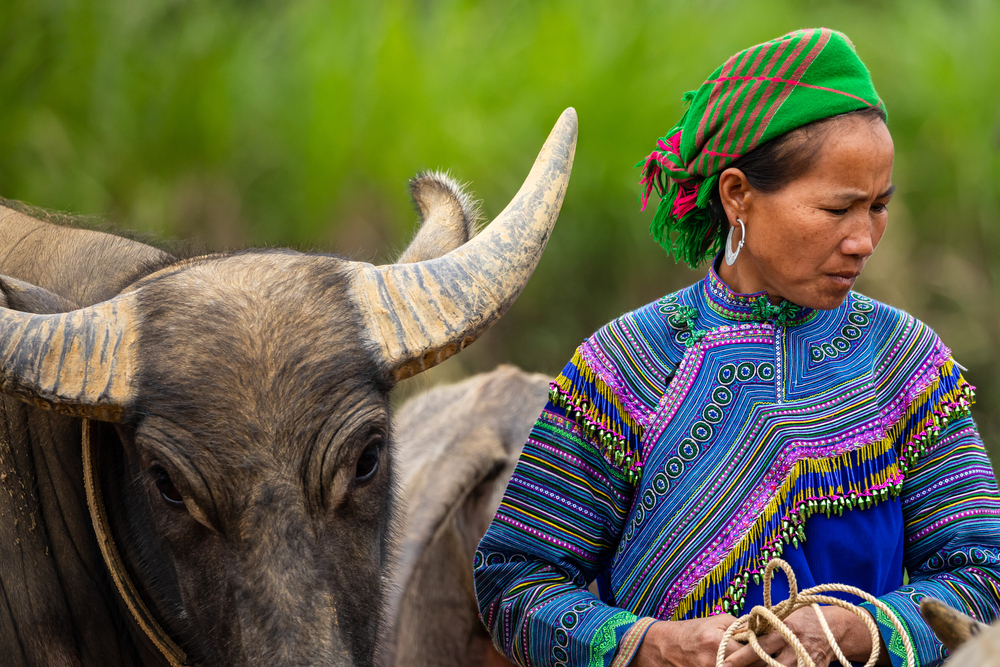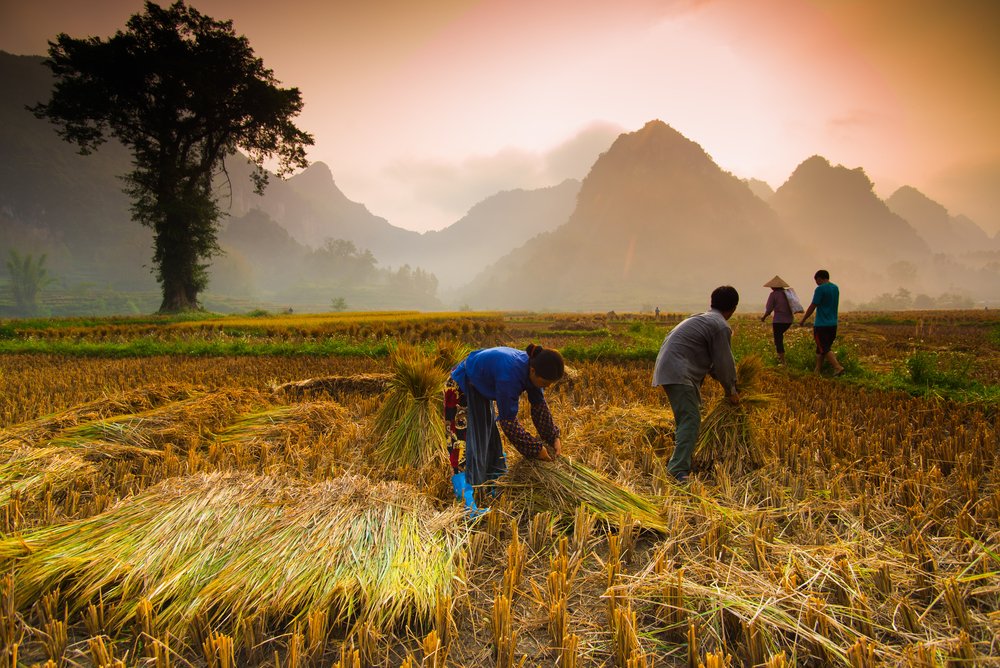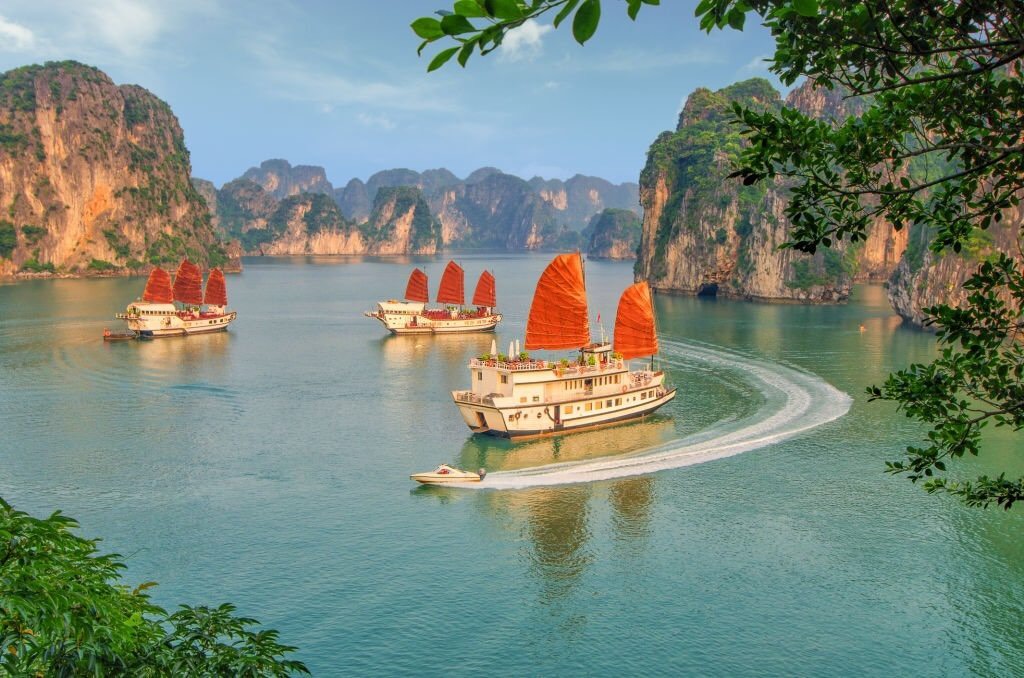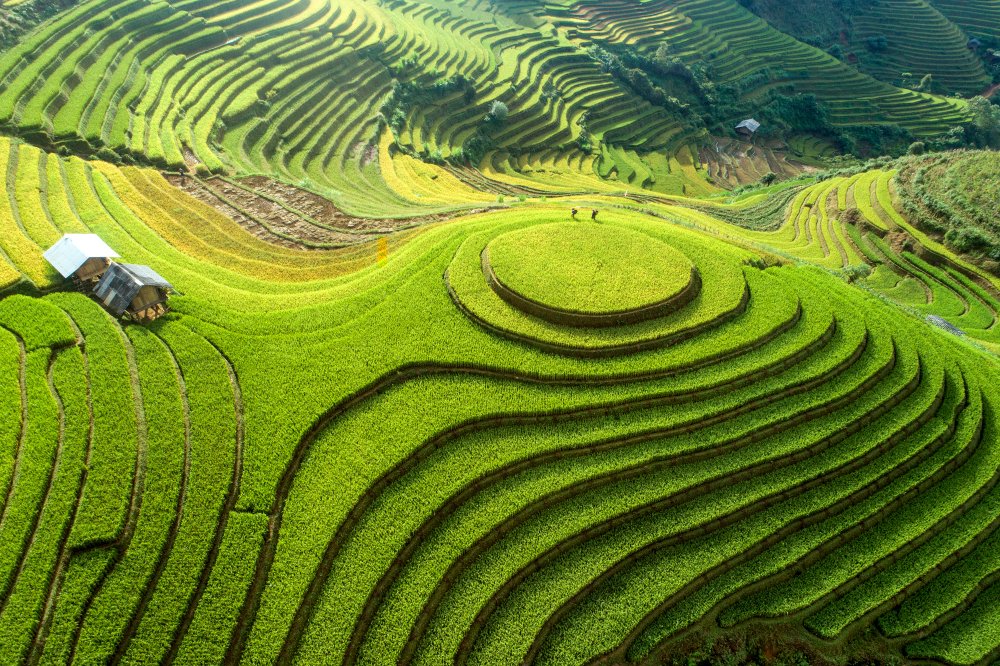
Endowed with majestic natural beauty with the fabulous rice terraces, Mu Cang Chai, called “the photographers’ road”, is an ideal destination for nature lovers and the atmosphere of the mountains.
Located more than 300 km northwest of Hanoi, Mu Cang Chai has some of the largest and most picturesque rice terraces in Vietnam. By visiting Mu Cang Chai, the photographers’ route, you will have the chance to enjoy the spectacular scenery, culture and kindness of the local people in peace.
Find below the activities not to be missed during your visit of this capital of the rice terraces of Vietnam.
1. Go through the Khau Pha pass
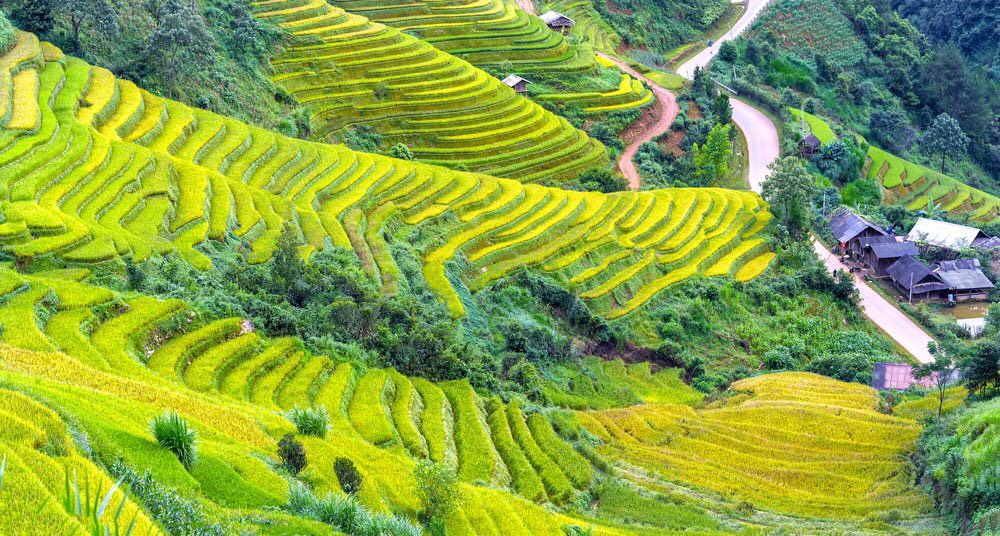
Located on the road 32 at the border between Van Chan district and Mu Cang Chai district, Khau Pha is one of the most dangerous and impressive passes in northern Vietnam. Khau Pha, located at more than 1500 meters above sea level with a length of 30km, its name means “horn of the sky” in Thai language. Passing through many famous sites such as La Pan Tan, Mu Cang Chai, Tu Le, Che Cu Nha, Nam Co, Khau Pha Pass offers you breathtaking scenery. Every year in the ripe rice season, the Khau Pha paragliding festival takes place on this pass, it allows the most daring to fly over and admire the beautiful rice terraces from above.
2. Admire the magnificent rice terraces
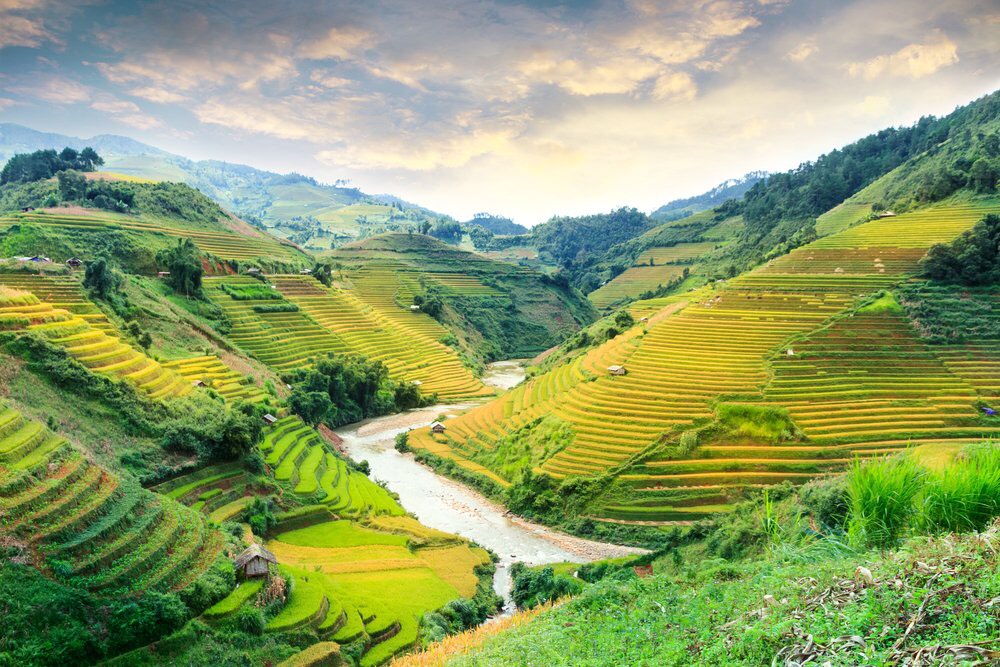 Coming to Mu Cang Chai, you will have the opportunity to marvel at the most impressive rice terraces. You will see them everywhere along the way between the Nghia Lo basin where the rice fields when flooded look like multiple faceted mirrors and Mu Cang Chai, below the Khau Pha pass or in the Tu Le valley. The villages with the most beautiful rice terraces are Che Cu Nha, La Pan Tan and De Xu Phinh, they have been distinguished as cultural heritage by the Ministry of Culture and have been ranked among the most beautiful in the world. These fields attract many Vietnamese and foreign tourists who like to go for a walk or a bike ride, and especially to take sublime pictures.
Coming to Mu Cang Chai, you will have the opportunity to marvel at the most impressive rice terraces. You will see them everywhere along the way between the Nghia Lo basin where the rice fields when flooded look like multiple faceted mirrors and Mu Cang Chai, below the Khau Pha pass or in the Tu Le valley. The villages with the most beautiful rice terraces are Che Cu Nha, La Pan Tan and De Xu Phinh, they have been distinguished as cultural heritage by the Ministry of Culture and have been ranked among the most beautiful in the world. These fields attract many Vietnamese and foreign tourists who like to go for a walk or a bike ride, and especially to take sublime pictures.
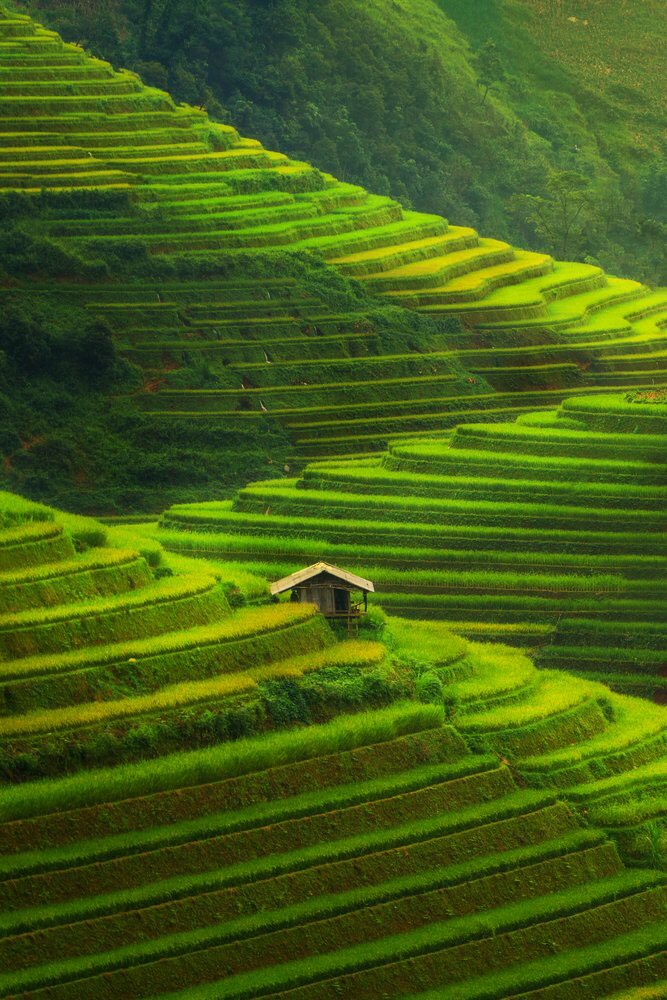
To take the beautiful pictures during a stay in Mu Cang Chai, you can go there between late May and early June. This is the water season when the rice fields are flooded to allow the transplanting of the seedlings raised in nursery. The rice terraces, where the color of the sky mixes with the water, are one of the characteristics of northwest Vietnam.
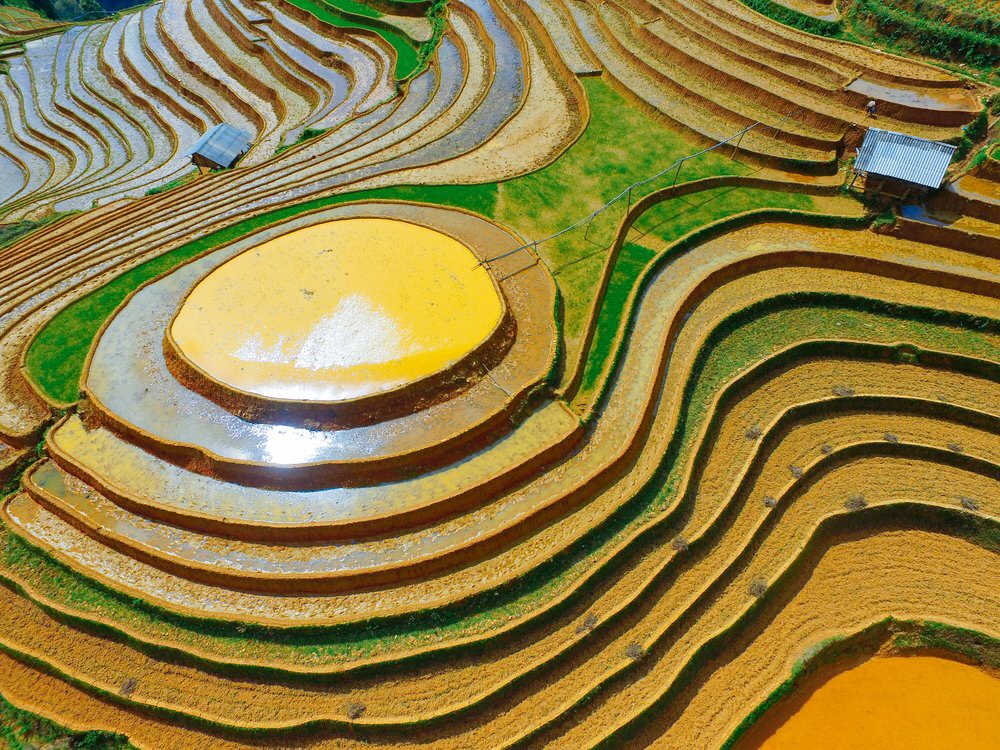
Another and also better period to contemplate the rice terraces is from September to October. The rice starts to ripen. The show is breathtaking! Don’t miss Mam Xoi, the hill is round in shape with a rice field at the top put there by man as a rice tray as an offering. It is the most famous viewpoint of Mu Cang Chai. When you reach the top, you can enjoy a panoramic view of the surrounding mountains, all cultivated in terraces.
3. Explore the village of Tu Le
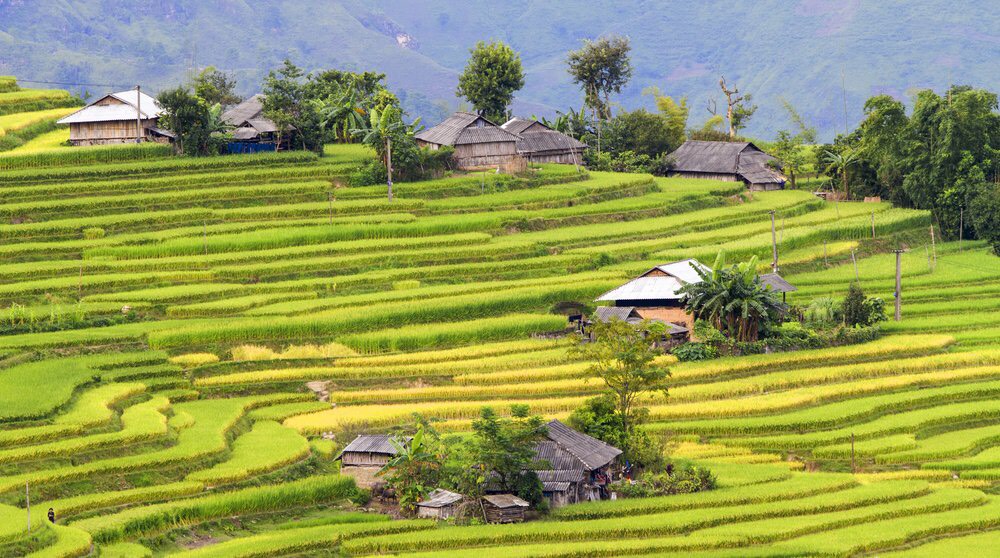
Tu Le is a charming little mountain village located in a valley covered with rice terraces, dotted with small wooden houses on stilts.
The village is home to both Hmong and Thai ethnic groups. You will cross suspension bridges and rice terraces to meet minorities dressed in traditional costumes and who will welcome you warmly.
Tu Le is also famous for its specialties of glutinous rice (Xoi) and young glutinous rice in flattened granules (Com). The rice grown in Tu Le is fragrant with a delicious taste that is not lost even when the rice is cooked. You can easily find many restaurants serving these dishes in Tu Le.
4. Take a hike
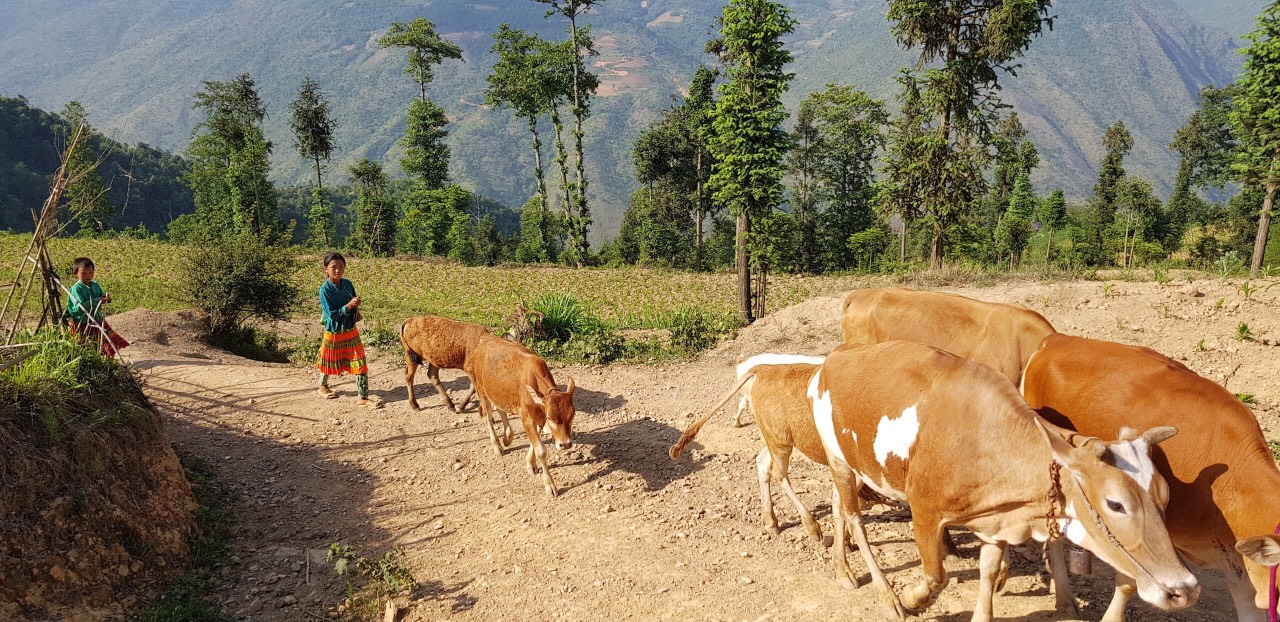 Less crowded than Sa Pa, Mu Cang Chai also offers a variety of spectacular one or multi-day trekking routes, through rice terraces, Hmong villages, streams, suspension bridges, schools…The landscapes are exceptionally beautiful with cultivated valleys, mountains with rice terraces on their slopes. During a hike, you will discover not only the natural beauty of the landscape but also the daily life of the local ethnic groups.
Less crowded than Sa Pa, Mu Cang Chai also offers a variety of spectacular one or multi-day trekking routes, through rice terraces, Hmong villages, streams, suspension bridges, schools…The landscapes are exceptionally beautiful with cultivated valleys, mountains with rice terraces on their slopes. During a hike, you will discover not only the natural beauty of the landscape but also the daily life of the local ethnic groups.
5. Discover ethnic villages
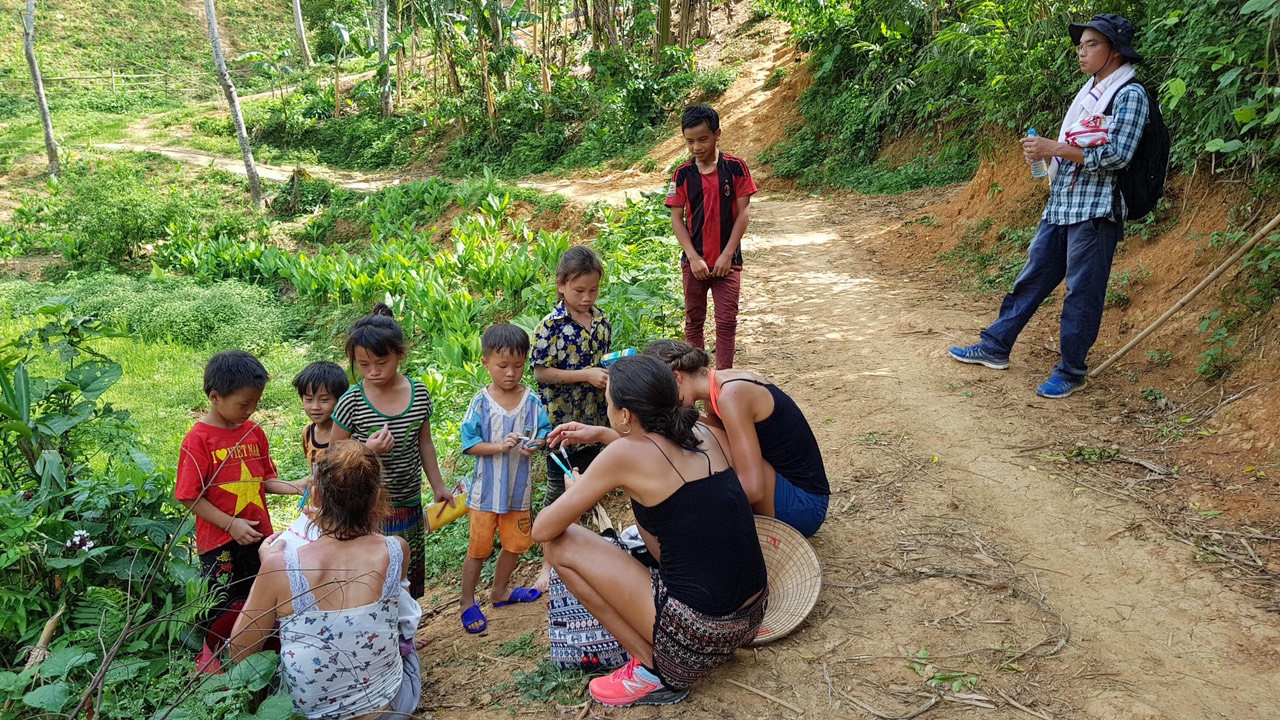 In addition to the fabulous landscapes of rice terraces, you can discover the way of life, traditions and customs of the inhabitants by visiting the ethnic villages.
In addition to the fabulous landscapes of rice terraces, you can discover the way of life, traditions and customs of the inhabitants by visiting the ethnic villages.
The ethnic groups of this region are the White Thai, the Hmong and the Black Dao. The Hmong, represent more than 90% of the population of the district. They build their wooden houses on the mountainside, while the Thai prefer stilt houses in the lowlands near the rivers and towns.
During your walk, you will have the opportunity to meet the locals and observe their daily life. It is an excellent opportunity to discover their culture while admiring their beautiful villages.
6. Sleeping in a local’s house
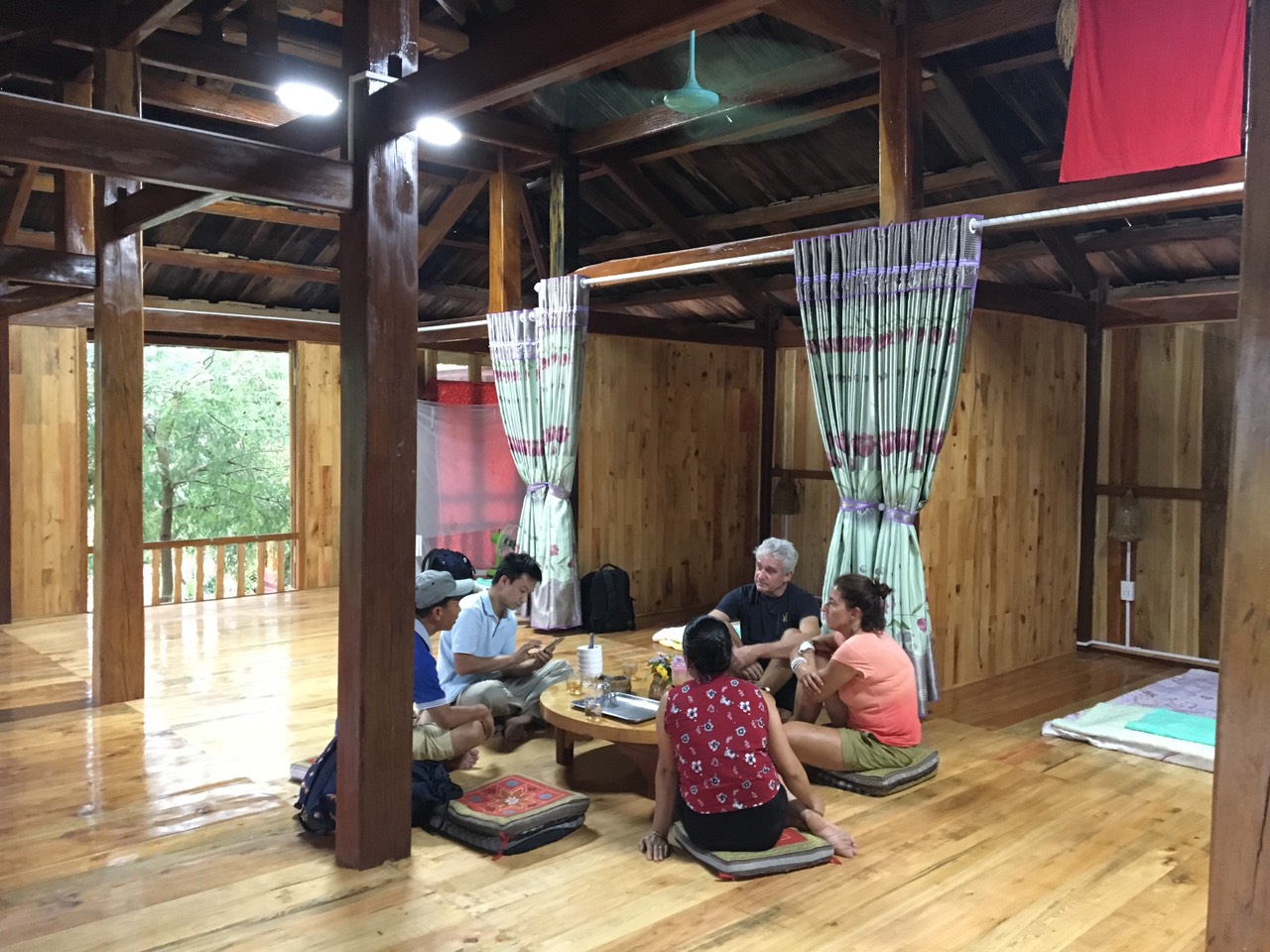
Mu Cang Chai offers wooden guesthouses on stilts located in the rice fields backed by the mountains. Living in direct contact with local families will allow you to experience the warmth of your hosts. Although the comfort is simple, a homestay will be a great experience for your trip to Vietnam.
Rich in authentic landscapes and unusual encounters with ethnic minorities, Mu Cang Chai attracts more and more Vietnamese and foreign tourists. So don’t forget to bring your camera to take dream photos in one of the most beautiful, quiet and preserved areas of Vietnam.
You might also like:




